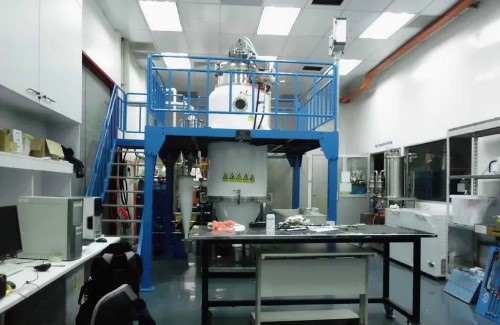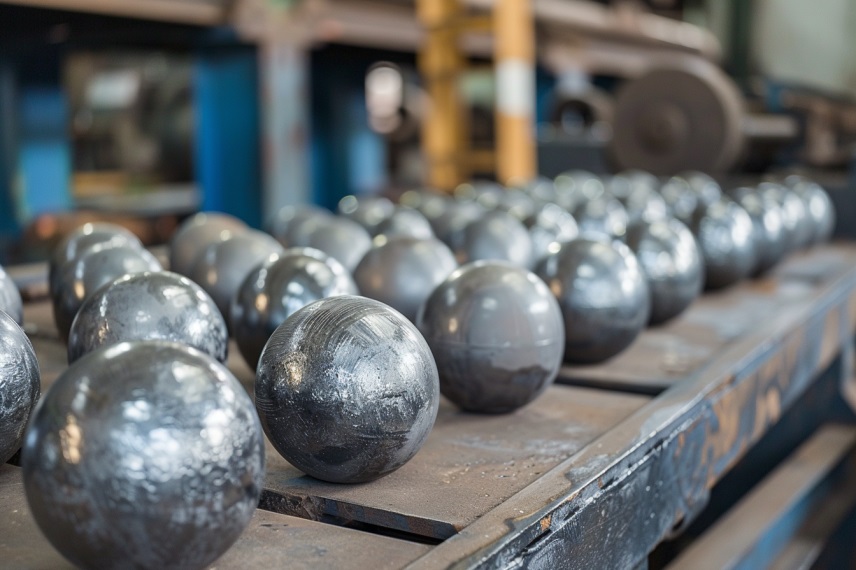What are Beryllium's Properties
Beryllium, the atomic number is 4, belongs to the second cycle of the second main group elements, and is also the lightest alkaline earth metal element. Beryllium metal is steel grey, the melting point of 1283 DEG C, the boiling point of 2570 DEG C, the density of 1.848g/cm. Natural beryllium has three isotopes: beryllium 7, beryllium 8, beryllium 10, and 9Be is the only stable nuclide of beryllium. Beryllium ore has more than 30 kinds, beryl (3BeO - AlO3 - 6SiO2), phenacite (2BeO - SiO2), Chrysoberyl (BeO - Al2O3) have economic value, there is the most rich resource beryllium in the United State. As the first member of alkaline earth metals, which belongs to the rare light metal, with low density, high melting point, high elastic modulus, high tensile strength, excellent thermal properties, good dimensional stability, low neutron absorption cross section, X - ray transmission and other many excellent performances, is the indispensable material in the aerospace, aviation, electronic and nuclear industry, usually called "super metal", "metal tip".

Properties of beryllium
Physical properties
Beryllium is light rare metal, atomic density is small (only 1.847g/cm). The melting point is higher (1283 DEG C). Beryllium has a dense arrangement of six sides. The phase transition takes place at 1254 DEG C, which is the structure of beta -Be. Beryllium has the largest heat capacity in all metals. At room temperature, the specific heat is 1.8828 J/gK, and beryllium absorbs more heat than other metals, and this property remains to the point of melting. The thermal conductivity of beryllium at room temperature is 0.15kW/ (m.K). The thermal expansion coefficient of beryllium is similar to that of stainless steel and Ni-Co alloy, and the thermal diffusivity is also good.
The reflectivity of beryllium to visible light is 50%, the reflectivity of ultraviolet light is 55%, and the reflectivity of infrared is 98%. The transmittance of X-rays is high, is an essential ingredient in the X-ray window.
The modulus of elasticity of beryllium is very high (309000 MPa), about 4 times of aluminum, 2.5 times of titanium, and 1.5 times of steel. The specific stiffness is about 6 times of steel, aluminum and titanium. In addition, the thermal neutron absorption rate of beryllium is the smallest in all metals, while the scattering cross section is very large.
In addition beryllium is a steel gray metal light metal. Beryllium is higher in hardness than its counterparts, unlike calcium, strontium and barium, which can be cut with a knife.

Chemical property
Beryllium is a very reactive metal, which has a great affinity with oxygen and can react with oxygen at room temperature to produce a thin, protective oxide film on its surface. When the temperature is less than 600 degrees, the beryllium in dry air can be oxidized for a long time, is higher than 600 DEG C, the oxidation rate will gradually increase. When the temperature reaches 800 DEG C, the oxidation degree is not very serious when it stays in a short time.
Beryllium and lithium can form a protective oxide layer in the air, so even is also very stable. It is insoluble in cold water, slightly soluble in hot water, soluble in dilute hydrochloric acid, dilute sulfuric acid and potassium hydroxide solution, and hydrogen. Beryllium metal has an obvious corrosion resistance to oxygen free metal sodium, even at higher temperatures. The valence state of beryllium is positive valence, which leads to the formation of polymers and a class of covalent compounds with significant thermal stability.
The anomalous nature of beryllium
The valence electron layer structure of Be atom is 2S (2), its atomic radius is 89pm, Be (2+) ion radius is 31pm, and the electronegativity of Be is 1.57. Beryllium due to atomic radius and ionic radius is very small, its electronegativity is relatively high, so the tendency of beryllium covalent bond is significant, unlike other family elements formed mainly ionic compounds. Therefore, beryllium often exhibits anomalous properties distinct from other elements of the same family.
(1) Beryllium is easy to form a compact protective film because of its surface, but it does not react with water, while other metals magnesium, calcium, strontium and barium react with water easily.
(2) Beryllium hydroxide is bisexual, and people of other elements are in strong alkali or hydroxide alkalinity.
(3) Beryllium salts are strongly hydrolyzed to form tetrahedral ion [Be (H2O) 2]2+, and the Be-O bond is strong, which weakens the O-H bond, so that hydrated beryllium ions have a tendency to lose protons:
Beryllium salts are acidic in pure water. The salts of the same family elements (except magnesium) do not hydrolyze.









